




Welcome to the definitive guide to shear blades for sheet metal – your essential resource for understanding the intricacies of shear blade technology. Whether you're a seasoned professional in the metalworking industry or venturing into the realm of metal fabrication, this article is designed to provide you with comprehensive insights into the types, materials, and applications of shear blades. Discover how choosing the right shear blade can elevate the precision and efficiency of your shearing operations.
Shear blades are essential components in the world of metal fabrication and manufacturing. These specialized cutting tools are designed for the specific purpose of cutting sheet metal with precision and efficiency. Made from high-grade materials, such as high-carbon steel or carbide, shear blades must maintain sharpness and durability to handle the demanding process of shearing metal. The design of a shear blade is not one-size-fits-all; it varies according to the shearing machine and the type of metal being cut. This ensures optimal performance and longevity of the blade. Understanding the significance and functionality of shear blades is crucial for anyone involved in the metalworking industry, especially when precision and quality are non-negotiable. As we delve deeper into the characteristics and applications of shear blades, keep in mind that selecting the right shear blade for your shearing machine blade is pivotal to achieving clean, straight cuts and maintaining operational efficiency.
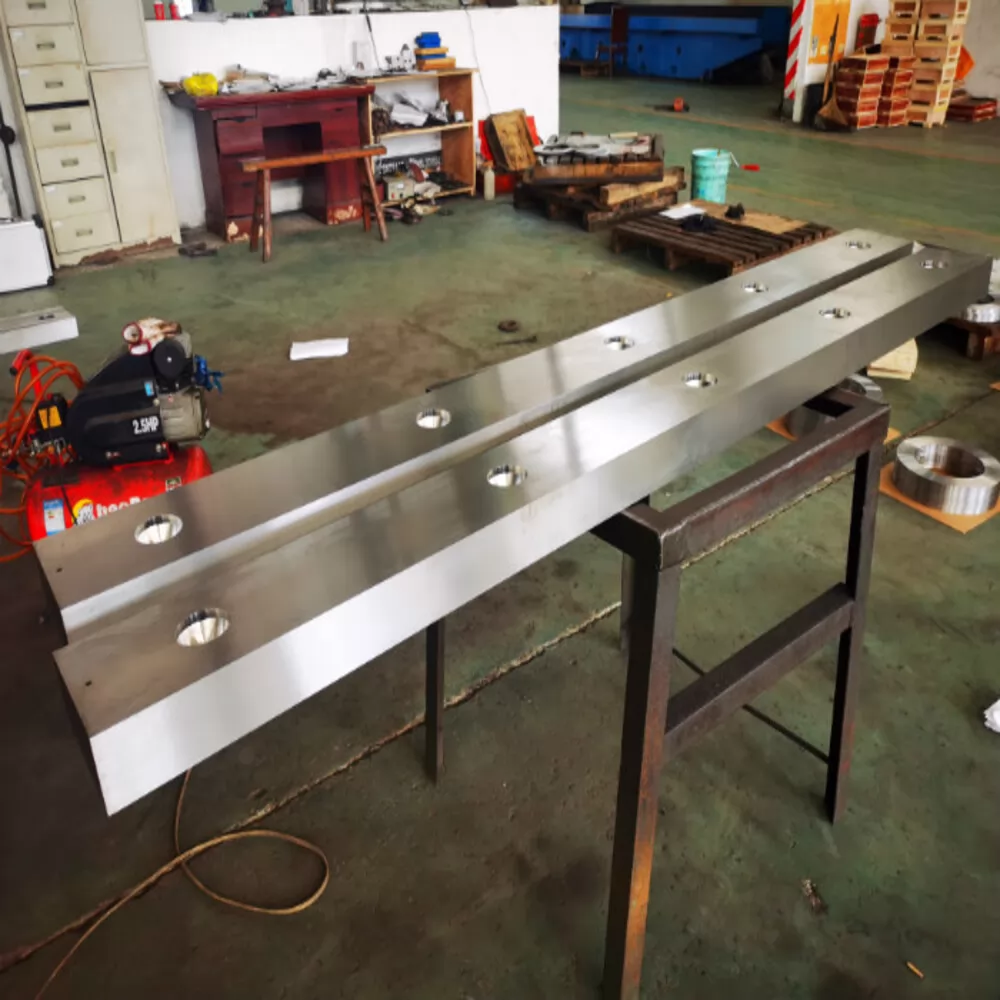
Understanding the different types of shear blades is essential for anyone looking to make informed decisions in the metal fabrication industry. The right type of blade not only impacts the quality of the cut but also the longevity and efficiency of the shearing machine. Let's explore the common types of shear blades.
Standard shear blades are the workhorses of the metalworking industry. Designed for general purpose cutting, they are suitable for a variety of sheet metals. These blades are typically made from high-carbon steel and are known for their durability and longevity. Standard shear blades are a go-to choice for businesses looking for versatility and reliability without the need for specialized cutting.
For those requiring more refined and accurate cuts, high-precision shear blades are the ideal option. These blades are often made from advanced materials like carbide or high-speed steel and are engineered to exacting specifications. High-precision blades are perfect for applications demanding tight tolerances and smooth finishes, such as in the aerospace or automotive industries.
Custom shear blades are tailor-made to meet specific cutting requirements. These are particularly useful for unique or specialized applications where standard blades cannot provide the necessary performance. Custom blades can be designed to cut through specific metals, thicknesses, or unique shapes. By opting for custom shear blades, businesses can ensure that they are getting exactly what they need for their specific shearing tasks.
The performance and longevity of shear blades significantly depend on the materials from which they are made. Each material offers distinct advantages and is suited to different cutting conditions and requirements. Let's delve into the common materials used for manufacturing shear blades and their unique properties.
High carbon steel is a popular choice for standard shear blades due to its durability and cost-effectiveness. Known for its high strength and hardness, high carbon steel can withstand the stresses involved in cutting metal. However, while it maintains a sharp edge well, this material can be more susceptible to wear and corrosion compared to other materials. Regular maintenance and proper care are essential to extend the lifespan of high carbon steel blades.
High speed steel is a step up from high carbon steel, offering enhanced durability and resistance to high temperatures. This makes HSS blades ideal for high-speed cutting operations. They retain their cutting edge longer than high carbon steel blades, leading to less frequent replacements and downtime. High speed steel is an excellent choice for precision cutting where heat build-up is a concern.
Carbide, specifically tungsten carbide, is a premium material for shear blades. It stands out for its extreme hardness and resistance to wear, even in the most challenging cutting environments. Carbide blades can handle very high speeds and maintain a sharp edge much longer than blades made from other materials. This makes them highly efficient and cost-effective in the long run, despite their higher upfront cost. They are particularly suited for cutting tough metals and for applications requiring high precision and minimal downtime.
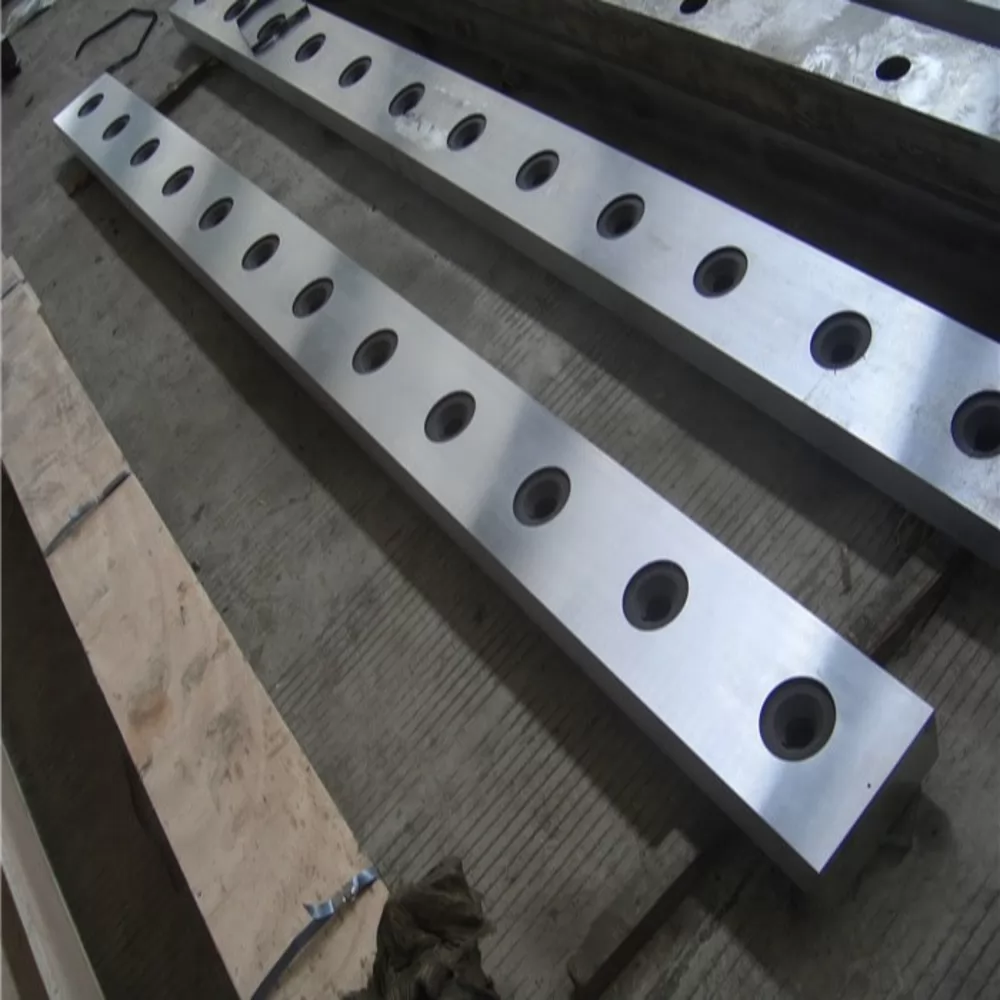
The selection of material for shear blades is not a decision to be taken lightly. Various factors influence the choice of material, each impacting the blade's performance, durability, and suitability for specific applications. Understanding these factors can help ensure that you select the right material for your shearing needs. Let's explore the key factors influencing material choice for shear blades.
The nature of the metal being sheared is a primary consideration. Different metals, from soft aluminum to hard stainless steel, impose varying demands on shear blades. The material of the blade must be chosen to match these demands, ensuring clean cuts without premature wear.
The frequency and volume of cutting tasks also play a significant role. High-volume, frequent cutting operations require materials that can maintain a sharp edge for extended periods and withstand the thermal and mechanical stress, such as high speed steel or carbide.
The level of precision and the quality of the finish required for the cut influence the choice of blade material. High-precision applications might necessitate the use of advanced materials like carbide to ensure clean, burr-free edges.
Budget constraints cannot be ignored. While carbide blades offer superior performance, they come at a higher cost. High carbon steel might be more suitable for operations where initial investment is a limiting factor, despite the potential for higher maintenance costs and more frequent replacements.
Finally, consider the maintenance requirements and overall durability of the material. Blades that are easier to maintain and more durable may reduce long-term costs and downtime, making them a more cost-effective choice in the long run, despite higher upfront costs.
Shear blades find their utility in a myriad of applications, each demanding specific types of cuts and operational efficiency. From guillotine to swing beam shear blades, and from general fabrication to industry-specific uses, understanding these applications can help in selecting the right shear blade for your needs. Let’s explore some of the common applications of shear blades across different settings.
Guillotine shear blades operate in a straight vertical movement, which is ideal for making precise, straight cuts. This type of blade is commonly used in heavy-duty metal cutting operations due to its ability to handle thicker materials. On the other hand, swing beam shear blades move in an arc and are typically used for lighter gauge materials. The choice between guillotine and swing beam shear blades depends on the specific requirements of the cutting operation, including the type of material and the desired precision.
Shear blades are also designed for specific applications such as trimming, alligator shearing, and bench shearing. Trimming shear blades are used for making fine, precise cuts, often in finishing operations. Alligator shear blades are named for their distinctive shape and are primarily used in scrap metal operations to cut metal into smaller sizes. Bench shears offer versatility and precision in smaller or more detailed cutting tasks, typically used in workshops and smaller fabrication settings.
In the automotive industry, shear blades are used to cut and shape various metal parts, from body panels to structural components. Aerospace applications often require high-precision shear blades to cut lightweight, high-strength materials used in aircraft construction. In the construction sector, shear blades are utilized to cut structural steel, reinforcing bars, and other materials used in building frameworks and infrastructure. Each industry requires shear blades with specific properties to meet the demands of different materials and cutting conditions.
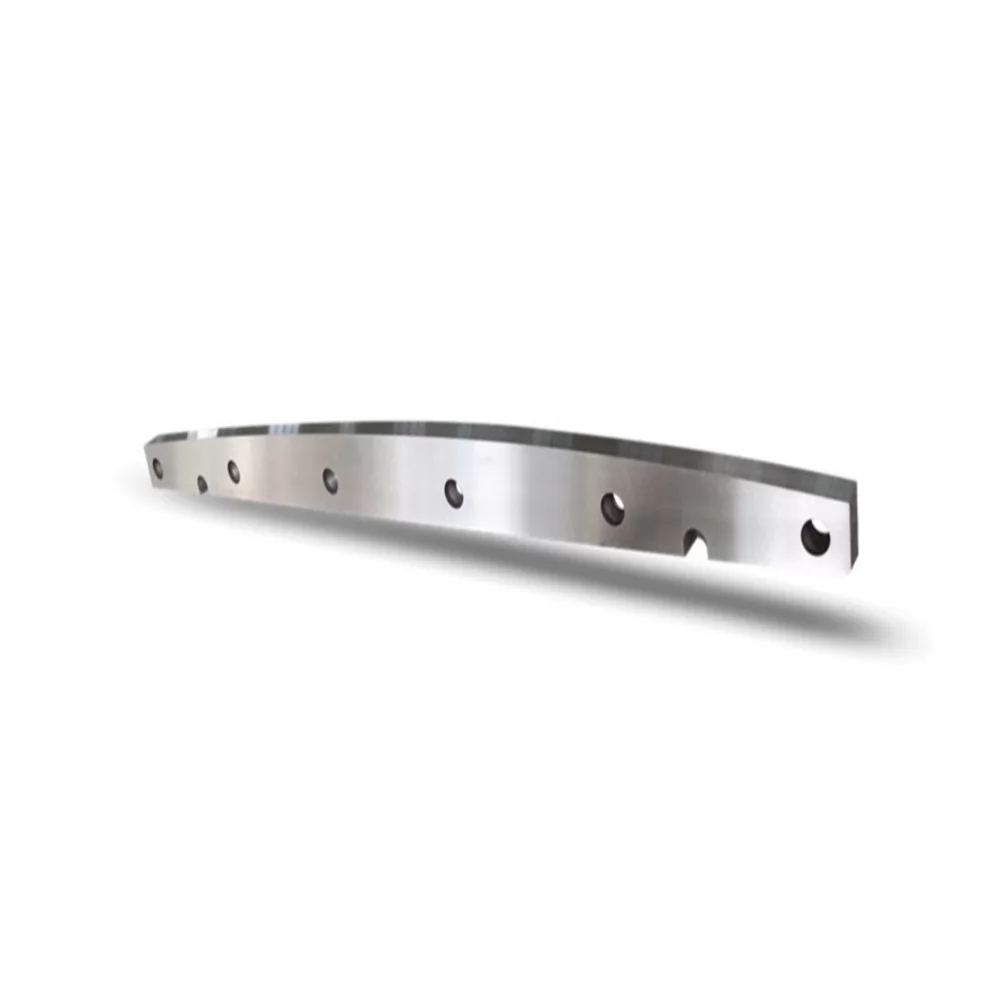
Proper installation and alignment of shear blades are crucial for achieving optimal cutting performance and extending the lifespan of the blades and machinery. Incorrect installation can lead to poor cut quality, increased wear and tear, and even equipment damage. Follow this step-by-step guide to ensure your shear blades are installed correctly and aligned for optimal performance.
Correct alignment is as important as the installation itself. Proper blade alignment ensures uniform cutting pressure, reduces wear, and improves cut quality. Use precision tools and follow the manufacturer's guidelines to align the blades correctly, ensuring that they are parallel and that the gap between them is uniform along their entire length.
Some common challenges during the installation and alignment process include difficulty in achieving the correct blade gap, ensuring blades are perfectly parallel, and dealing with wear or damage to the machine itself. Regular maintenance, careful inspection, and adherence to the manufacturer’s specifications can help overcome these challenges and ensure the longevity and effectiveness of your shear blades.
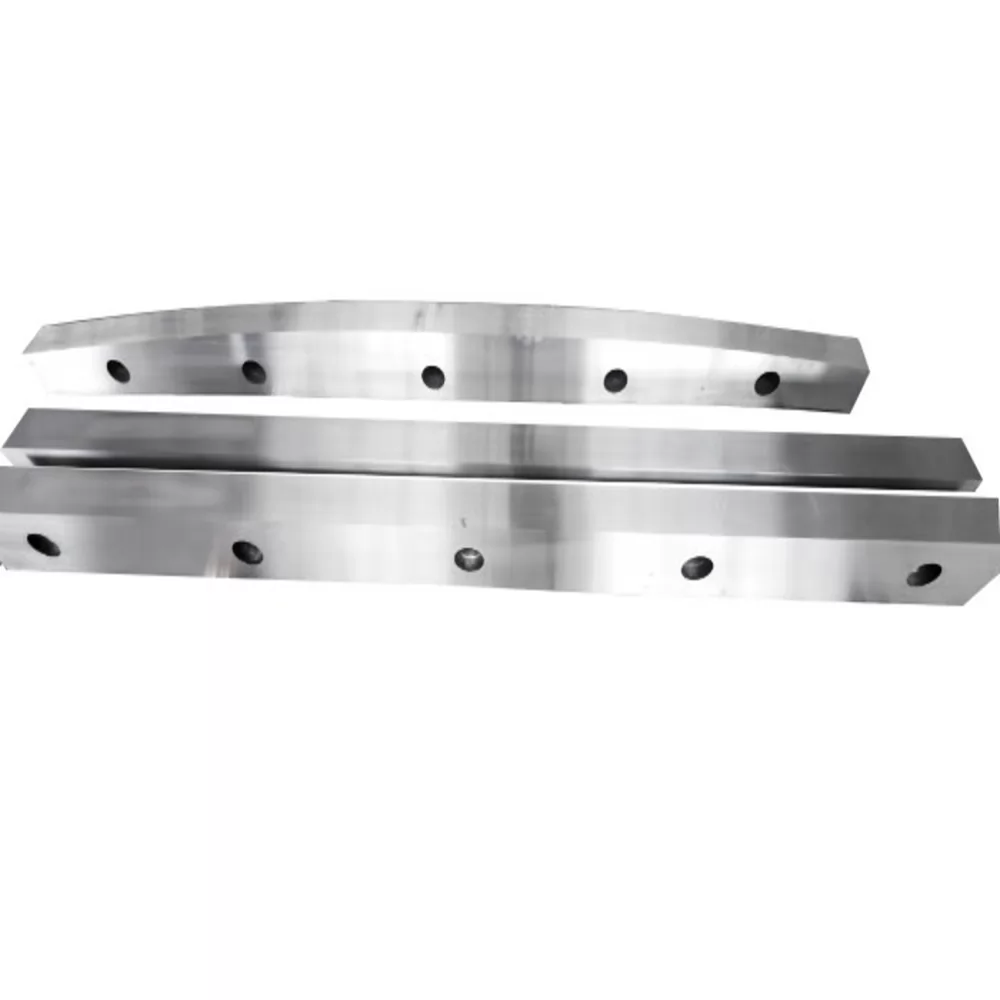
The selection of the right shear blade supplier is a crucial decision that can significantly impact the quality of your operations and products. The ideal supplier not only provides high-quality shear blades that meet your specific needs but also offers comprehensive support and services to ensure your operations run smoothly. Below, we'll discuss key considerations to keep in mind when choosing a supplier for your shear blades, ensuring that you partner with a provider that aligns with your business goals and quality standards.
Selecting the right supplier involves evaluating various factors beyond just price. Consider the following criteria:
Partnering with a reputable supplier ensures:
Effective negotiation with suppliers involves:
In conclusion, selecting the appropriate shear blade for your sheet metal operations is pivotal to achieving precision, efficiency, and longevity in your cutting processes. At Shinite, we pride ourselves on being the leading manufacturer of shear blades and press brake tools, dedicated to providing solutions that meet the highest standards of quality and performance. Explore our range of top-tier products and find the perfect tool for your needs at www.shiniteknife.com. Partner with Shinite and experience unparalleled craftsmanship and service in the world of metal fabrication.







Fastest
Installation

Top-Notch
Equipment

24/7 Customer
Support

100% Secured
Payment
